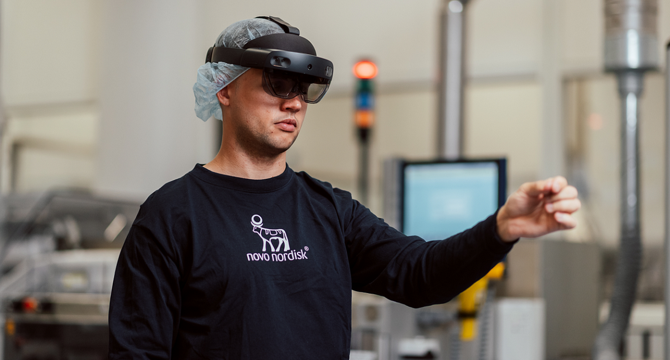Medium
1M
18

Image Credit: Medium
From Scalpels to Screens: Revolutionizing Medical Insights with Immersive Data Visualization (Part…
- The article discusses how AI, Virtual Reality, and Augmented Reality enhance decision-making, patient care, and education in the medical field through immersive data visualization.
- AI integration with immersive visualization improves healthcare professionals' ability to detect critical patterns and make informed decisions, especially in areas like oncology.
- The collaboration between Cleveland Clinic and IBM showcases how immersive data visualization with AI and quantum computing enhances decision-making and biomedical insights.
- Virtual Reality (VR) is utilized for managing phobias and PTSD, offering controlled exposure therapy to patients in safe environments, such as treating fear of flying and heights.
- Immersive visualization plays a crucial role in patient education by providing clearer insights into conditions and treatments, aiding in making informed choices.
- VR is proving to be an effective tool for pain management in acute and chronic settings by engaging multiple senses to distract from pain perception.
- Despite promising results, more research is needed to explore the full potential of VR in chronic pain management and its integration with other therapeutic modalities.
- Overall, immersive technologies like VR and AR are transforming biomedical insights, procedural mastery, surgical planning, training, and patient care, fostering better outcomes and informed decisions.
- Future articles will delve deeper into the impact of immersive experiences on decision-making and patient care, highlighting advancements in medical education and clinical practice.
- References: Bravemind, Cleveland Clinic and IBM, Visualization of health information, Virtual Reality exposure effect in acrophobia, Virtual reality and pain management, MindMaze, Phobias Suite.
Read Full Article
1 Like
For uninterrupted reading, download the app